Imagine wading through the gentle waves of a tropical beach, sunlight glistening on the water, when suddenly you realize: some of the ocean’s deadliest creatures are almost invisible, lurking right beneath your feet. It’s easy to assume the most venomous marine animals are the ones that look terrifying—sharks with their jagged teeth or massive jellyfish with flowing tentacles. But the real danger is far more subtle and, frankly, quite shocking. The creature that claims the title of “most venomous” isn’t a monster of legend or a giant predator, but a tiny, unassuming being that could fit in the palm of your hand. Prepare yourself for a dive into the mysterious world of ocean venom, where appearances are deceiving, and the smallest creatures can pack the most powerful punch.
When Venom Outshines Fangs and Stingers
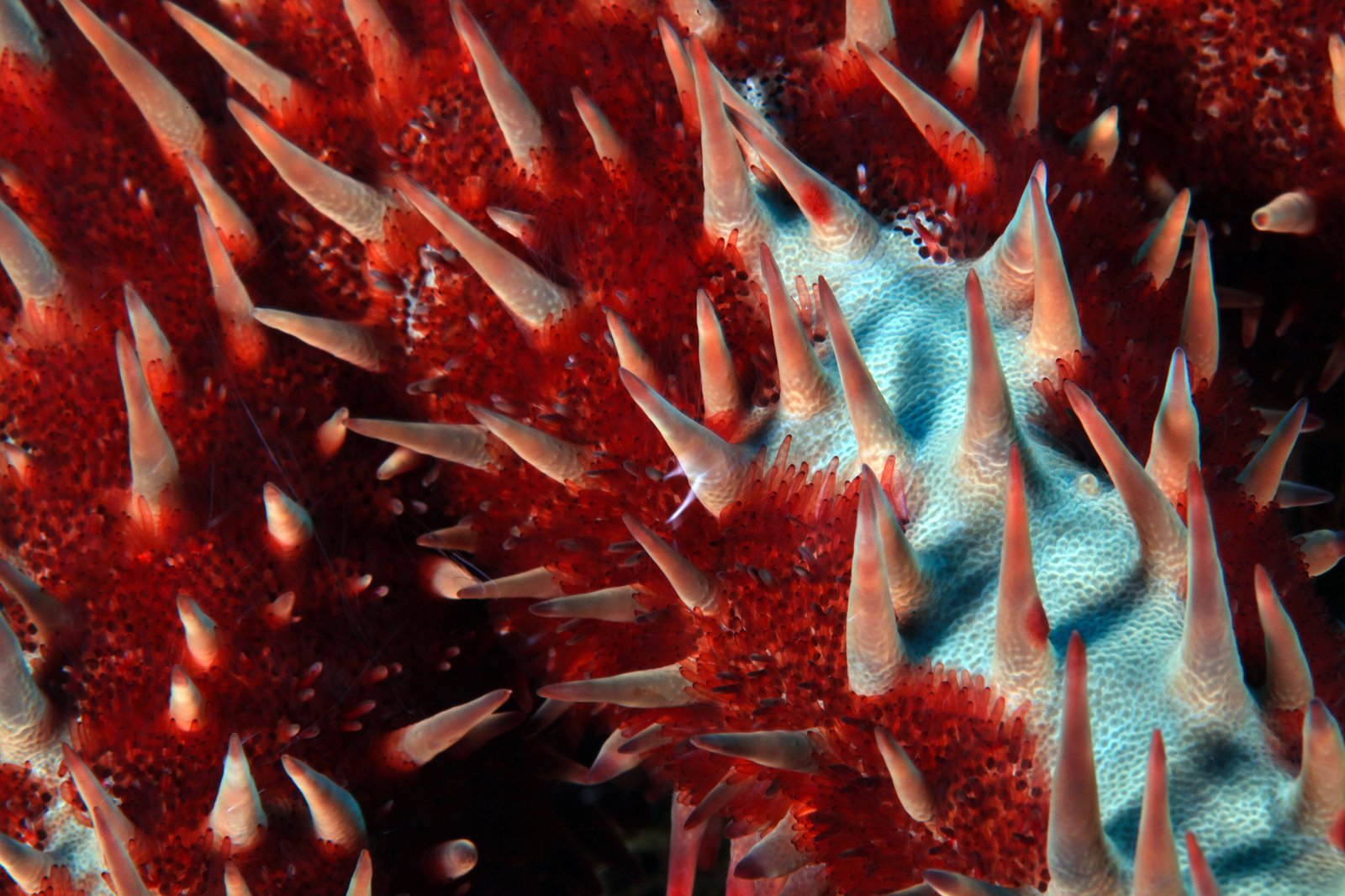
Most people think of venom as something delivered by snakes, spiders, or scorpions. In the ocean, however, venom takes on a wildly different form. Marine venom isn’t about sharp teeth or menacing stings; it’s a complex cocktail of toxins designed to immobilize, paralyze, or even kill prey in seconds. Unlike the aggressive bite of a land predator, many marine creatures use their venom defensively, relying on stealth and surprise. Some inject toxins with a harpoon-like appendage, while others barely move at all, waiting for their victim to come to them. The diversity of venom delivery in the sea is nothing short of astonishing.
The Unexpected Champion: The Box Jellyfish
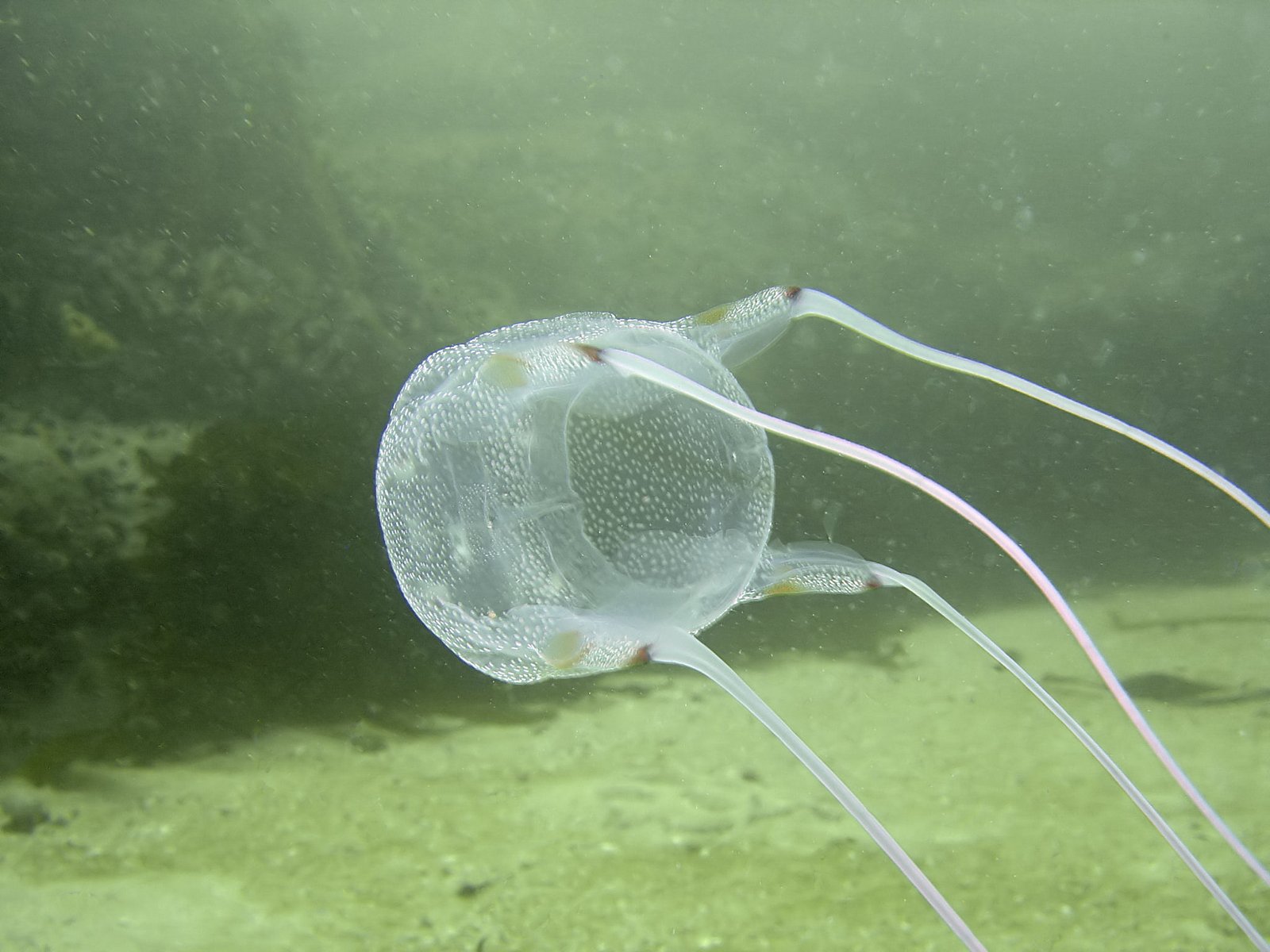
Few would guess that the title of the world’s most venomous marine creature belongs to the box jellyfish. With its nearly transparent, cube-shaped body and delicate, trailing tentacles, it seems almost ethereal—hardly the stuff of nightmares. But lurking within those wispy tentacles are millions of microscopic dart-like cells called nematocysts. When touched, they fire venom into the skin faster than a blink. The venom is so potent it can cause excruciating pain, paralysis, heart failure, and, in some cases, death within minutes. What’s most surprising is that box jellyfish are almost invisible in water, making them a silent, unseen threat.
Venom That Stops the Heart
Box jellyfish venom is not just painful—it’s alarmingly efficient. The toxins attack the heart, nervous system, and skin cells all at once. Victims often describe the pain as burning or being branded with hot iron. In severe cases, the venom can cause cardiac arrest before a person even has a chance to reach the shore. Medical emergencies from box jellyfish stings are not rare in regions like northern Australia and Southeast Asia, where warnings are posted on beaches during jellyfish season. Quick action, such as dousing the sting with vinegar, is crucial, but even then, survival is not always guaranteed.
Masters of Camouflage
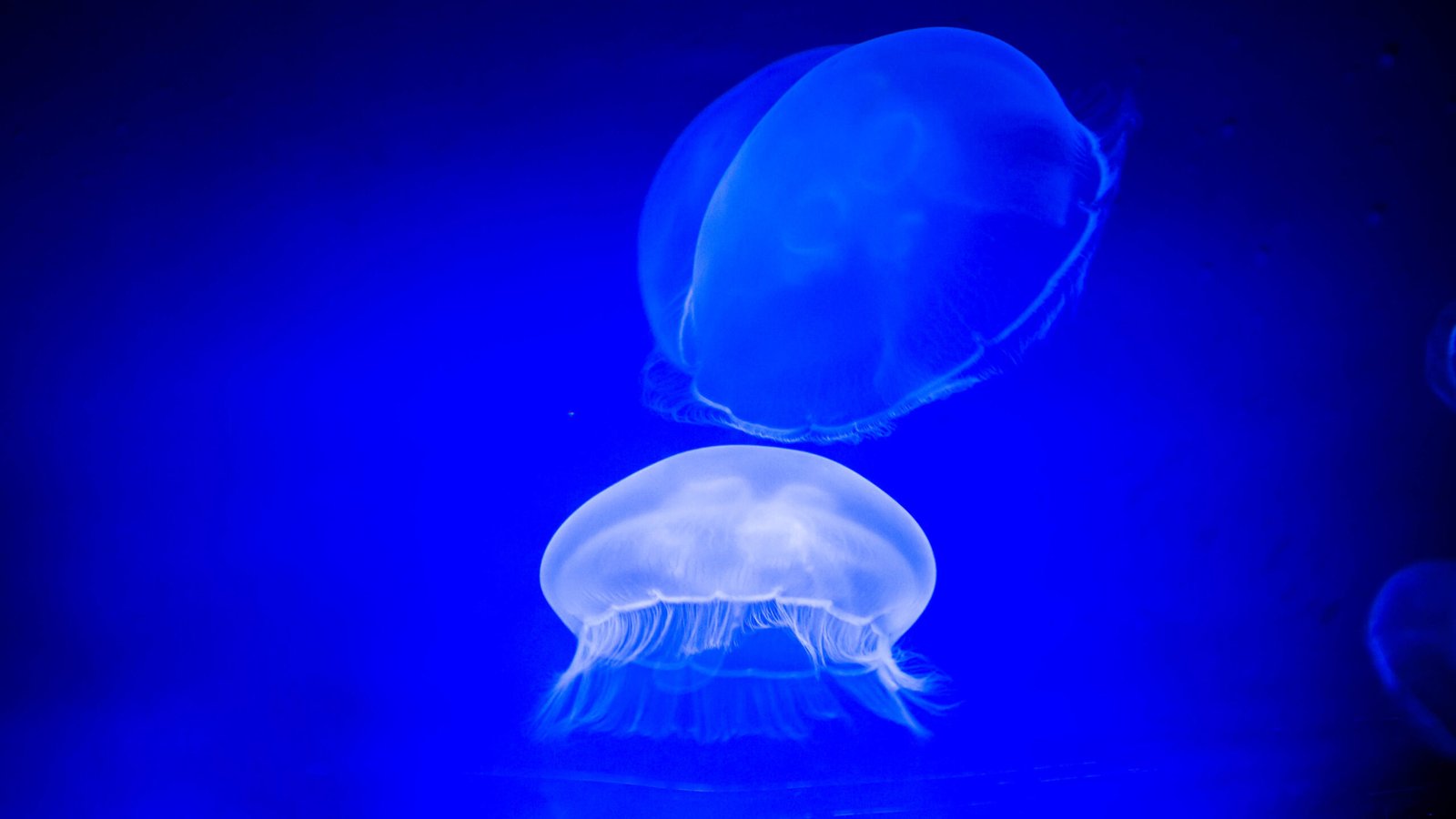
What makes box jellyfish especially treacherous is their incredible ability to blend in with their environment. Their bodies are almost completely transparent, allowing them to drift through shallow waters unnoticed. Swimmers and snorkelers often don’t see them until it’s too late. Unlike more colorful or dramatic marine animals, box jellyfish don’t announce their presence. Their invisibility is their greatest weapon, turning a casual swim into a potentially deadly encounter without a single warning sign.
Box Jellyfish vs. Other Venomous Sea Creatures
Many marine animals possess venom, but few compare to the lethality of the box jellyfish. The blue-ringed octopus, for example, is notorious for its powerful neurotoxin, yet it rarely causes human fatalities. Stonefish also pack a dangerous sting, but they are easier to spot and often stepped on by accident. The box jellyfish, in contrast, is both highly venomous and difficult to detect, making it the perfect storm of danger. Its venom acts faster and with more devastating consequences than almost any other marine animal.
Why Do Box Jellyfish Need Such Potent Venom?
It may seem strange for such a gentle-looking creature to wield such deadly power. Scientists believe the box jellyfish’s venom evolved for practical reasons: its prey includes small fish and shrimp, which are quick and agile. The venom must be strong enough to instantly immobilize these animals before they have a chance to escape or cause damage. This evolutionary arms race has resulted in toxins that can accidentally overwhelm much larger creatures, including humans, without any intention of hunting us.
Survival Stories: Encounters With Box Jellyfish
Real-life encounters with box jellyfish are harrowing and unforgettable. Survivors often describe the pain as unlike anything they’ve ever experienced—intense, searing, and relentless. Some have reported feeling disoriented or faint within seconds, while others lose consciousness altogether. Quick medical intervention has saved many lives, but there are still tragic stories of swimmers who never made it out of the water. These personal accounts are a sobering reminder of the hidden power contained within such a delicate creature.
The Ongoing Race For Antivenom
Medical researchers have spent decades trying to develop effective treatments for box jellyfish stings. The complexity of the venom makes it a challenging puzzle to solve. Current advice emphasizes immediate first aid, such as applying vinegar to deactivate undischarged stingers and seeking urgent medical care. In some countries, antivenoms are in development, but they are not yet widely available or always effective. This ongoing struggle highlights how even in our modern world, nature’s deadliest secrets remain partially unsolved.
Protecting Yourself in Jellyfish Waters
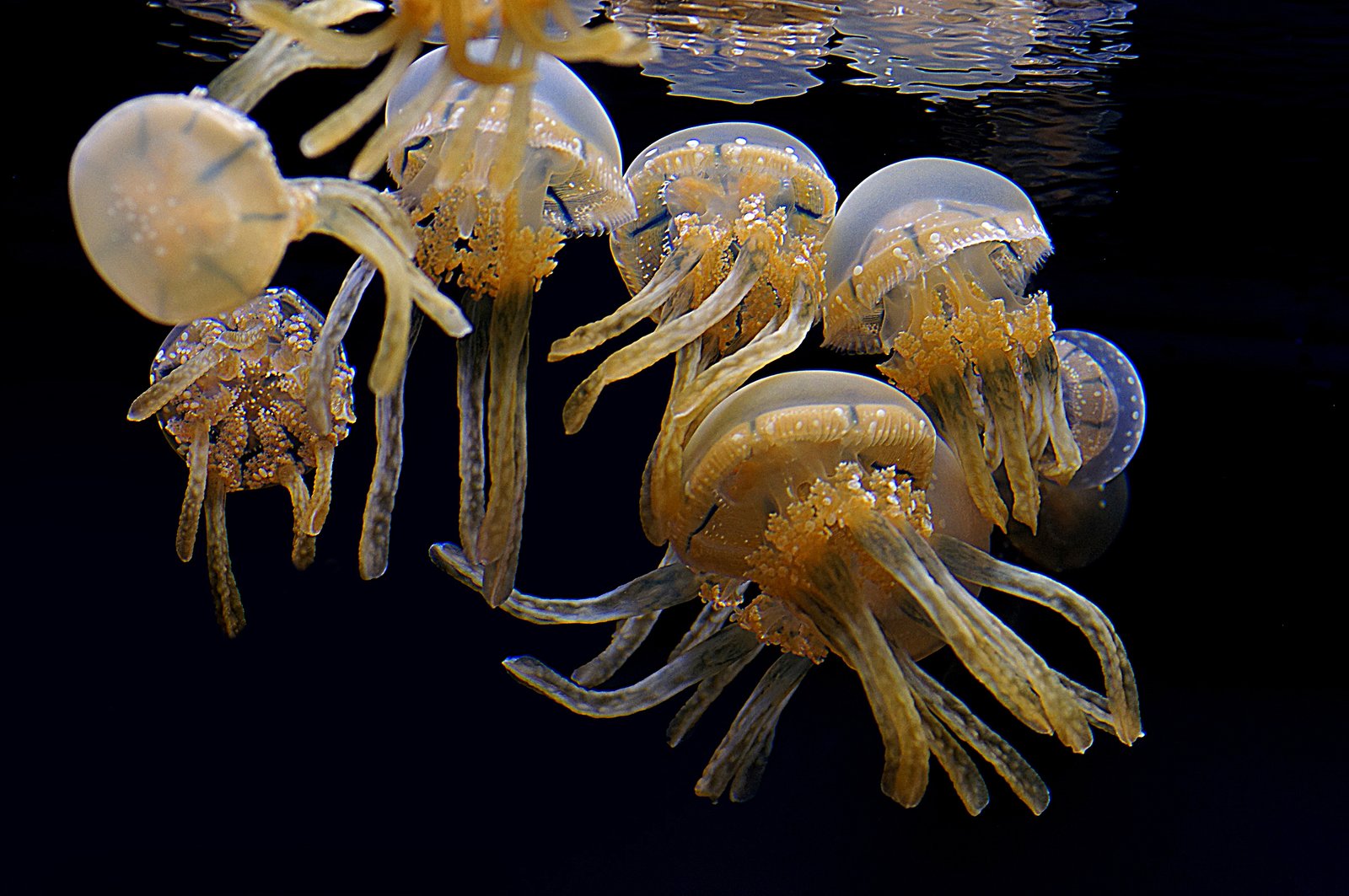
Staying safe from box jellyfish is all about awareness and preparation. In areas where these creatures are common, beaches often fly warning flags or set up stinger nets to keep swimmers safe. Wearing protective clothing like stinger suits can prevent nematocysts from reaching the skin. Swimmers are advised to avoid the water during jellyfish season or after storms, when jellyfish are more likely to be near shore. Knowledge and caution are the best defenses against an enemy you can’t see.
The Paradox of Beauty and Danger
The box jellyfish is a stunning example of nature’s paradoxes: something so graceful and almost invisible can be deadly. Its presence in warm, crystal-clear waters serves as a reminder that beauty and danger are sometimes intertwined in the natural world. This creature challenges our assumptions about what “dangerous” looks like, and forces us to respect the hidden complexities of life beneath the waves.
Oceans of Mystery Still Remain
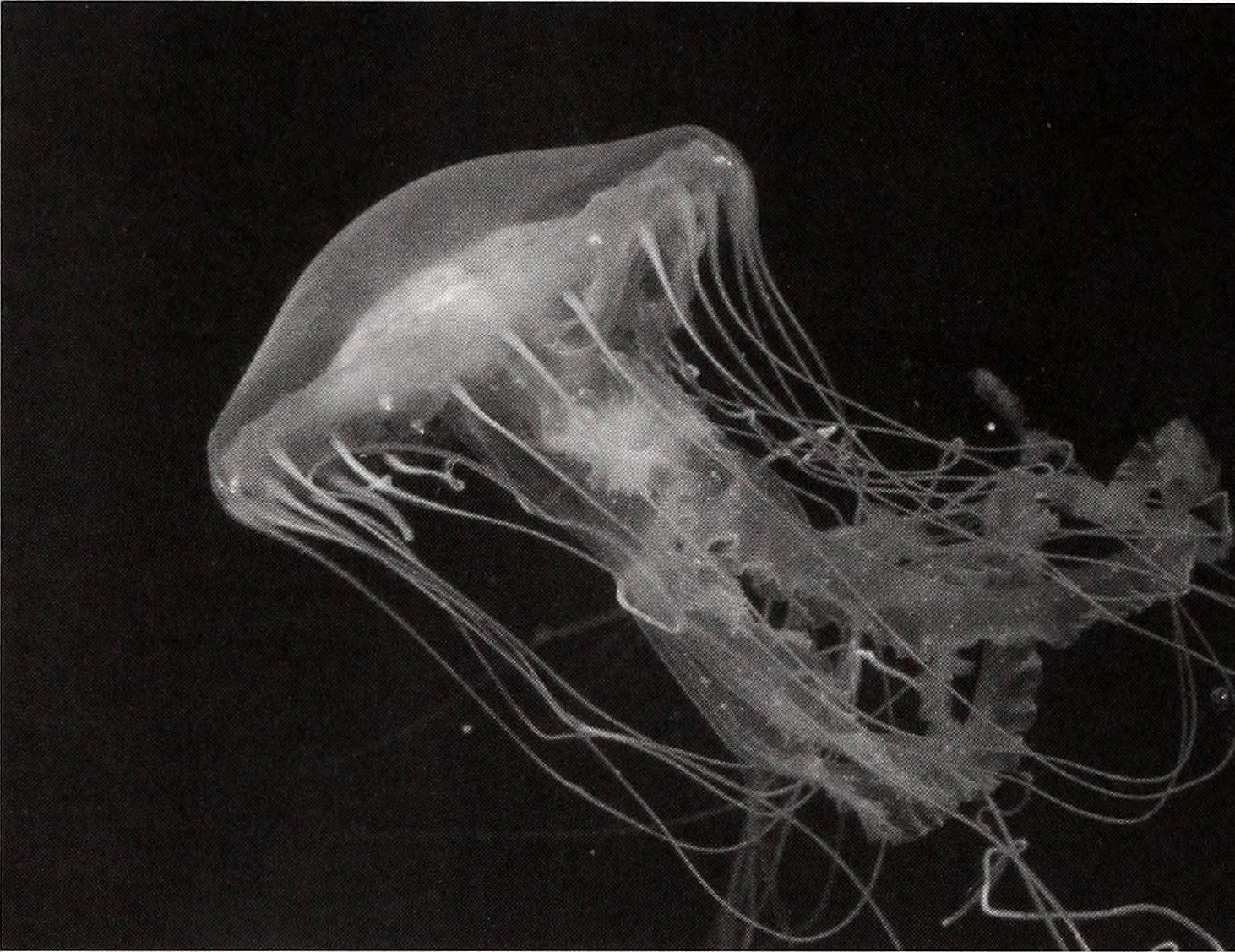
Despite decades of study, the box jellyfish continues to surprise scientists and swimmers alike. New species are still being discovered, and their venomous powers are not yet fully understood. The ocean is filled with secrets, and the box jellyfish is just one example of how much we have left to learn. Next time you peer into the clear blue sea, remember: the most extraordinary dangers might be the ones you never see coming.



